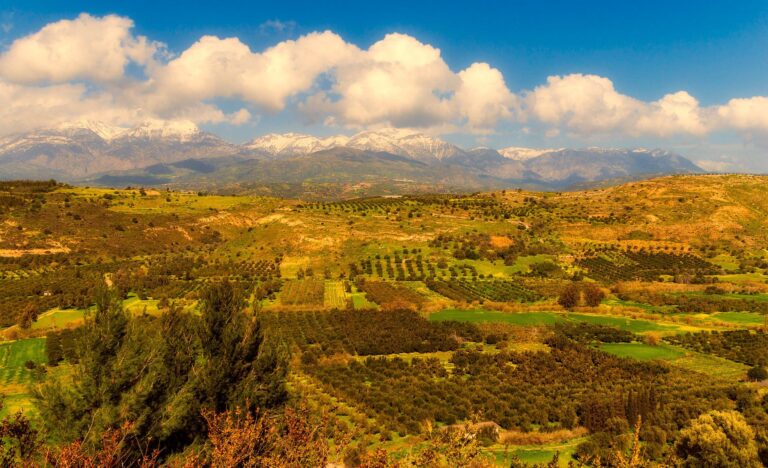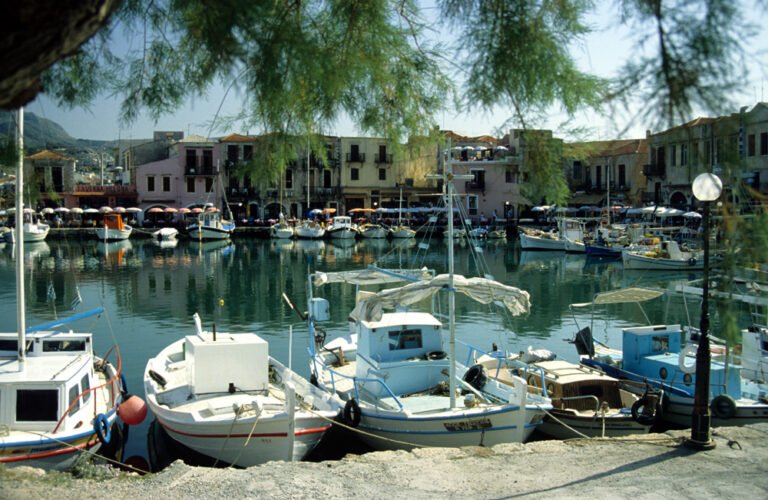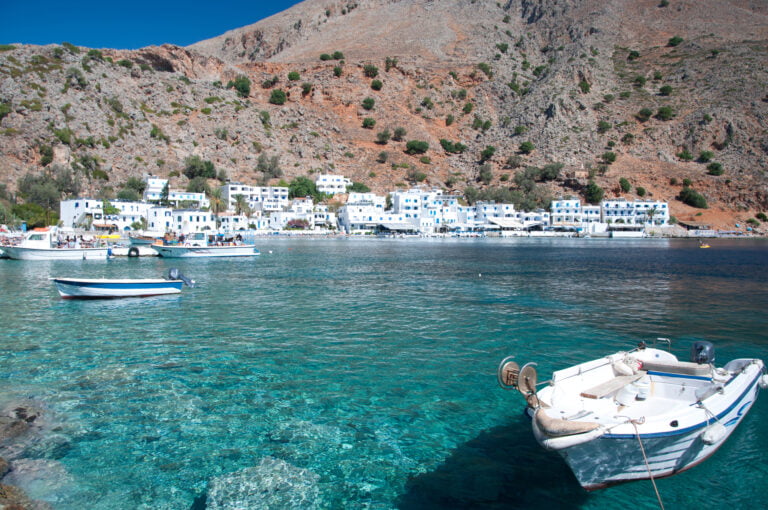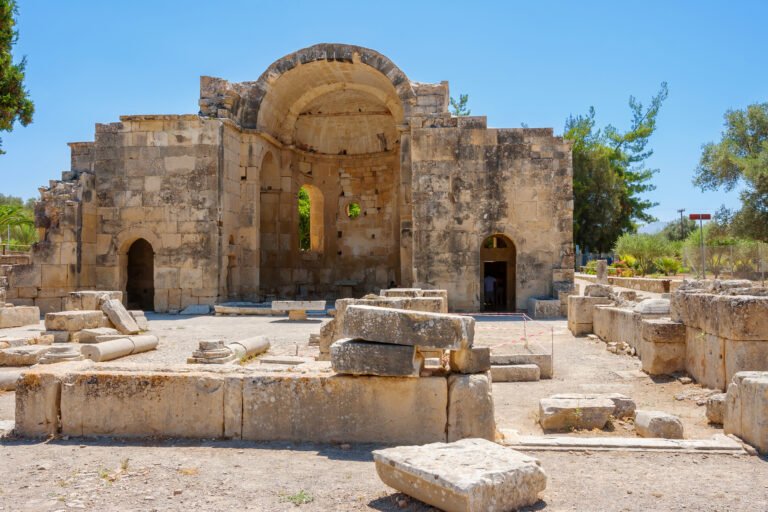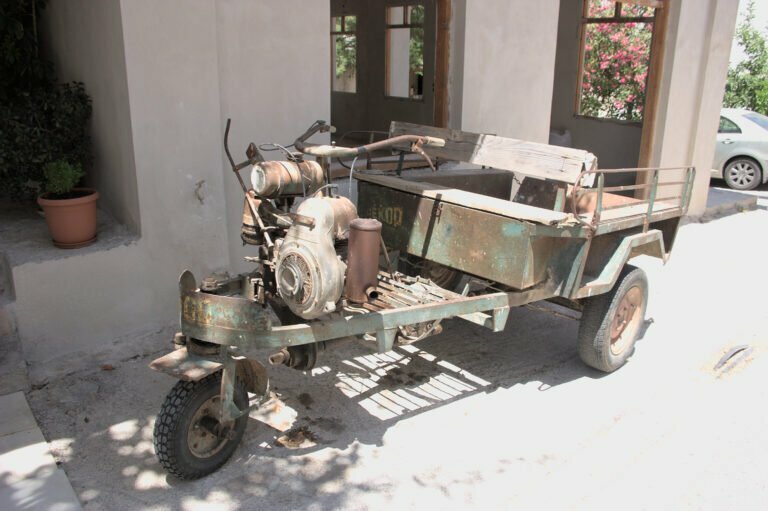Viannos, Crete: A Tale of Tragedy, Amazing Resilience and Remembrance
Viannos is a village located in the southeastern part of the island of Crete, Greece. While it is a place of natural beauty and cultural heritage, it bears the scars of a dark chapter in history. This article aims to provide an in-depth look at Viannos, both as it is today and through the lens of the tragic events that unfolded during World War II, specifically the Viannos Massacre on 14 – 16 September 1943.
Geography and Modern Viannos
Situated in the Heraklion regional unit, the rugged beauty of mountains and the serenity of the Mediterranean Sea surrounds Viannos. The village is known for its olive groves, which produce some of the finest olive oil in Greece. Modern Viannos is a blend of the old and the new, where traditional Cretan architecture coexists with contemporary amenities. Tourism is gradually picking up, with visitors coming to explore the natural landscapes, historical sites, and local cuisine.
Economy
The economy of Viannos primarily revolves around agriculture, with olive oil production being the mainstay. Tourism is an emerging sector, and efforts are being made to promote sustainable tourism that respects the natural and cultural heritage of the area.
Culture
Rich in cultural traditions, including music, dance, and festivals. The village celebrates religious and national holidays fervently, keeping its traditions alive.
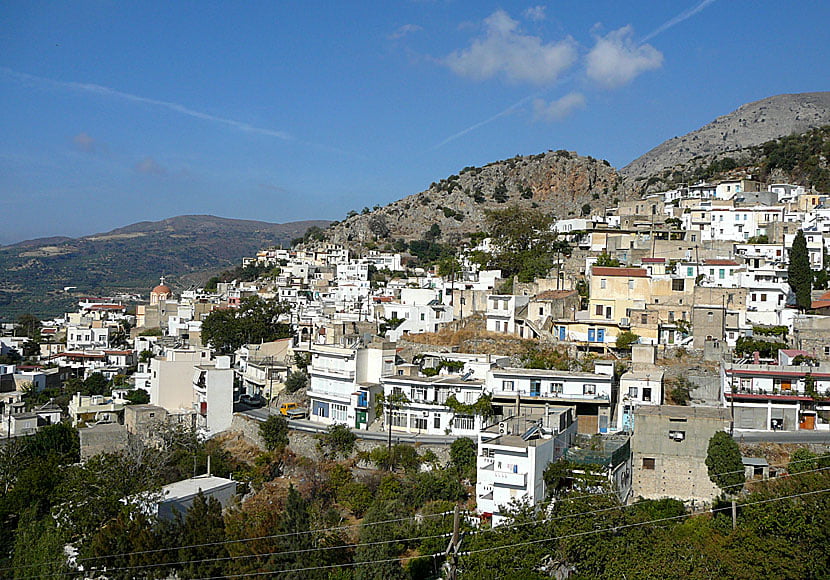
Historical Background
Viannos has a long history that dates back to ancient times. It has been a part of various empires and civilizations, each leaving its mark on the village. However, the most poignant chapter in its history was written during World War II, when Nazi Germany occupied Crete.
The Viannos Massacre: Prelude
In 1941, Nazi Germany invaded Crete. The island was strategically important, and despite fierce resistance from the local population and Allied forces, it fell into German hands. The Cretans continued to resist the occupation through guerrilla warfare, which led to reprisals from the German troops.
In the following years, the resistance activities intensified, particularly in the mountainous regions, including Viannos. The Germans were increasingly frustrated by their inability to quell the resistance and decided to make an example out of certain areas. Viannos was one such target.
Bandouvas: The Local Hero
Manolis Bandouvas was a native of Crete and a prominent figure in the Cretan resistance against the Axis powers. Born into a family with a strong military tradition, Bandouvas was well-versed in guerrilla warfare tactics.
Role in Resistance
Bandouvas led a group of resistance fighters who were instrumental in sabotaging German operations in the region. His antics, as they are often referred to, included ambushing German patrols, disrupting supply lines, and gathering intelligence. His actions were a thorn in the side of the occupying forces and contributed to the legend of Cretan resistance.
Connection to Viannos
Bandouvas and his men operated in various parts of Crete, including the region around Viannos. While his actions were heroic, they also drew the ire of the Germans, contributing to the harsh reprisals inflicted on local communities, including the Viannos Massacre.
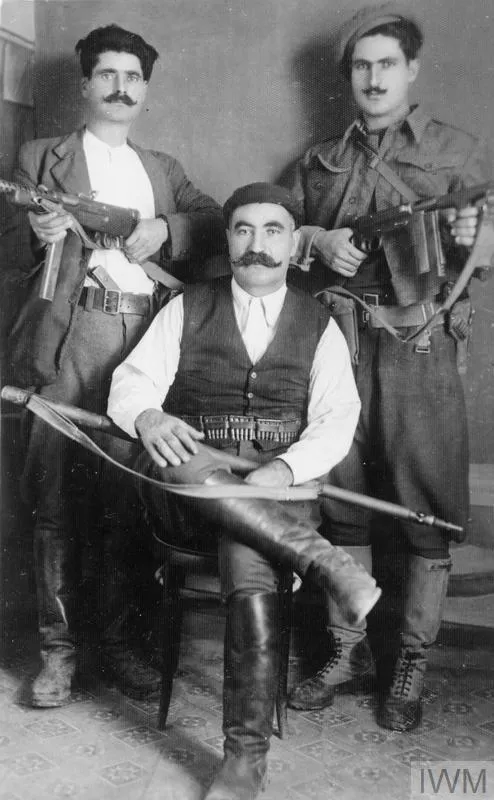
The Italian Surrender
In September 1943, Italy signed an armistice with the Allies, effectively exiting World War II as a member of the Axis powers. This had immediate repercussions in Crete, where Italian and German troops were stationed together.
Impact on Viannos
The Italian surrender created a power vacuum and a sense of chaos. German forces quickly disarmed their former allies, leading to skirmishes and tension. In Viannos, the Italian surrender added another layer of complexity to an already volatile situation. The Germans were now solely responsible for maintaining control, which they did with brutal efficiency, as evidenced by the Viannos Massacre.
Generalleutnant Friedrich-Wilhelm Müller – The Butcher of Crete
Generalleutnant Friedrich-Wilhelm Müller was a German army officer known for his brutality. He was in charge of the German forces in Crete and was directly responsible for ordering reprisals against Cretan villages, including Viannos.
Behaviour and Tactics
Müller was a strict disciplinarian who believed in using terror to quell resistance. His orders often involved mass executions, forced deportations, and the burning of villages. His behaviour earned him the nickname “The Butcher of Crete.”
Role in the Viannos Massacre
Müller was the architect of the Viannos Massacre. Frustrated by the persistent resistance and the antics of figures like Bandouvas, he ordered the punitive expedition that resulted in the mass killings and destruction in Viannos and surrounding areas.
Post-War Accountability
After the war, Müller was captured and tried for war crimes. He was found guilty and executed, but his scars on communities like Viannos remain indelible. A Greek Firing Squad executed him after the war.
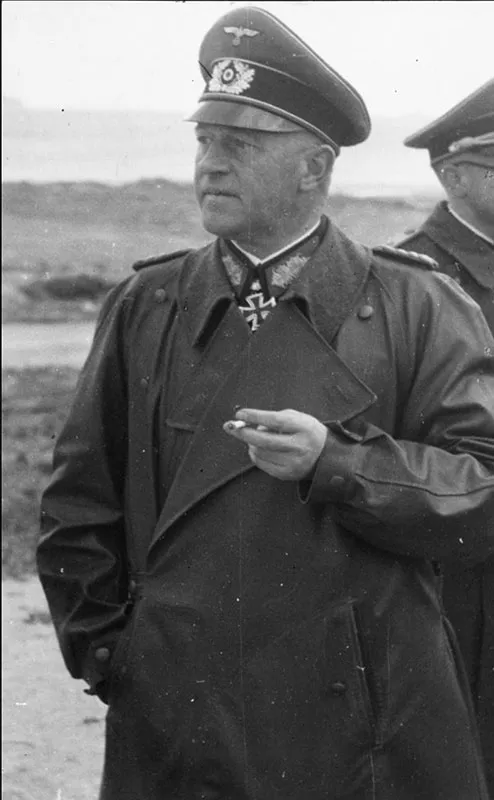
Conclusion: Interwoven Histories
The antics of Bandouvas, the Italian surrender, and the behaviour of Generalleutnant Müller are interwoven threads in the complex tapestry of Viannos’ history. Each played a role in shaping the events leading up to the Viannos Massacre and its aftermath. Bandouvas symbolizes the spirit of resistance, the Italian surrender represents the complexities of wartime alliances, and Müller embodies the brutality of the occupation. Together, they provide a multi-faceted understanding of the tragic events that unfolded in Viannos and the broader context of Crete during World War II.
The Viannos Massacre: The Events of 14–16 September 1943
On 14 September 1943, German troops descended upon Viannos. What followed was a horrific massacre that would leave an indelible mark on the village and its people. Over three days, the German forces executed more than 500 civilians, including women and children. Houses were looted and burned, livestock was killed, and the entire area was devastated.
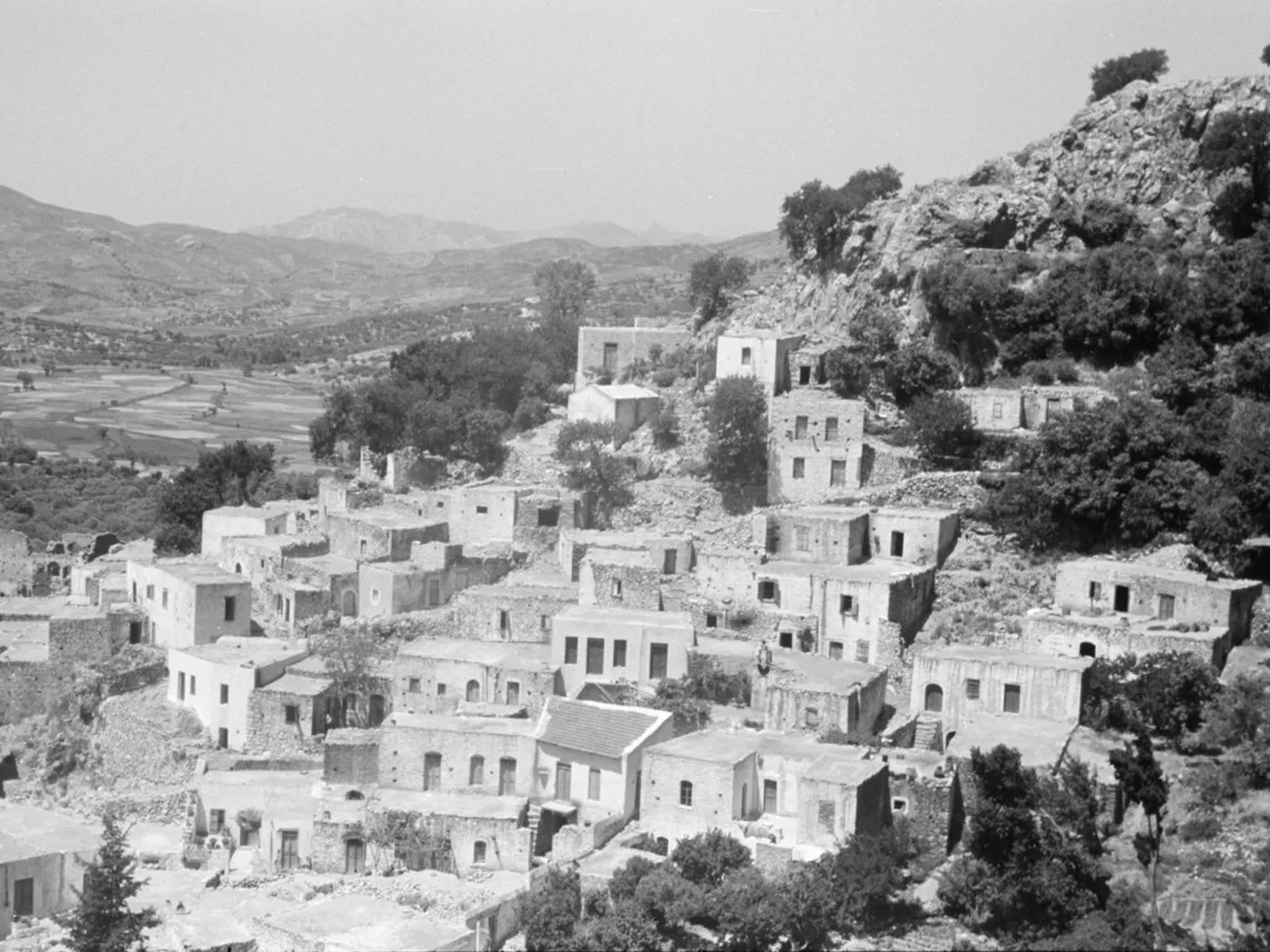
Day 1: 14 September 1943
On the morning of 14 September, German troops entered the village. They rounded up the men, separating them from their families. The soldiers began executing people randomly as a show of force and instilling fear.
Day 2: 15 September 1943
The second day saw an escalation in violence. The German forces expanded their operations to neighbouring villages and hamlets. Summary executions continued, and houses were set on fire. The air was thick with smoke and the smell of death.
Day 3: 16 September 1943
By the third day, Viannos was a scene of utter devastation. The German troops completed their operation, leaving behind a village in ruins and a community in mourning. The final death toll was staggering, and the psychological scars would last for generations.
Aftermath and Legacy
The Viannos Massacre is one of the darkest chapters in Cretan history. It serves as a grim reminder of the horrors of war and the depths to which humanity can sink. However, it also stands as a testament to the resilience of the people of Viannos.
Memorials and Remembrance
Today, memorials and monuments in Viannos honour the victims of the massacre. Every year, on the anniversary of the tragedy, the village holds ceremonies to remember those lost.
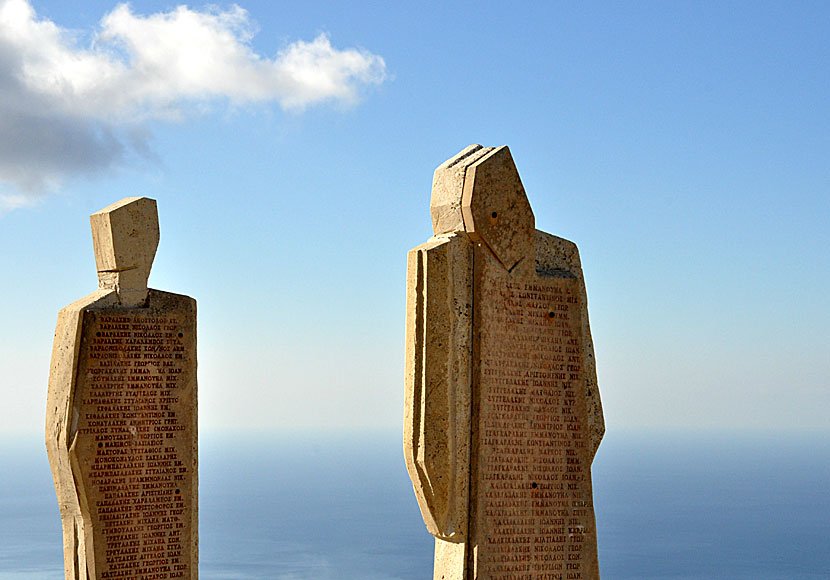
Resilience and Rebuilding
Despite the immense loss and suffering, the people of Viannos have shown remarkable resilience. The village has been rebuilt, and life has moved on, but the memories remain. The younger generation is taught about the history, not just as a lesson in suffering but also as a lesson in courage and resilience.
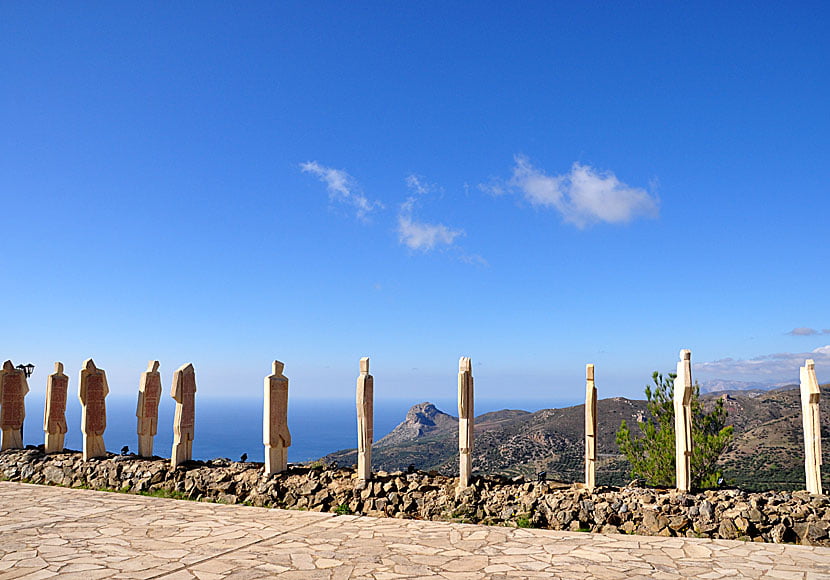
Viannos – A Living Testament to the Duality of Human Experience
Viannos is not merely a geographical location; it is a living, breathing entity that has witnessed the full spectrum of human experience—from the courage of resistance fighters like Bandouvas to the complexities of shifting alliances, as evidenced by the Italian surrender and the dark depths of human cruelty under the command of Generalleutnant Müller. It is a land where olive groves flourish in the shadow of memorials, where the laughter of children mingles with the solemnity of annual remembrance ceremonies, and where every stone and every face tells a story.
The village serves as a poignant reminder that history is not a series of isolated events but a complex web of actions, reactions, choices, and consequences. The Viannos Massacre of 14–16 September 1943 is a dark chapter in this narrative, but it is not the entire book. It is a part of Viannos’ identity, but it does not define it. The massacre is etched into the collective memory, serving both as a cautionary tale of the horrors that can befall when power is wielded unjustly and as a rallying cry for unity, resilience, and the indomitable human spirit.
In the face of unimaginable tragedy, the people of Viannos have chosen to survive and thrive. They have rebuilt their homes and lives, preserving their rich cultural heritage while embracing the possibilities of the present and the promise of the future. They have turned their scars into symbols—symbols of strength, of community, and of the enduring belief that even in the darkest of times, there is always a glimmer of light.
As we reflect on Viannos, we are reminded that the village is more than a historical site or a tourist destination. It is a testament to the duality of human experience—the capacity for both great evil and great good. And in that duality lies a lesson for us all: while we cannot change the past, we have the power to shape the future through our actions, our unity, and our unwavering commitment to the values of justice, compassion, and human dignity.
References
- Viannos Municipality Official Website
- The Viannos Massacre: A Historical Account
- Crete in World War II
Table of Contents
Views: 98


